Pohl: “Haydn,” I., 257.
Gerber mentions him as a violoncellist, which must be a mistake, since in the Parisian Opera orchestra, up to 1727, as far as is known, only gambists were employed. He may, however, have played both instruments.
See “The History of the Violin,” by W. Sandys and Simon Andrew Forster. London, 1864.
What would Gerber have said had he lived to see the present demand for instruments required to make up an orchestra?
Gerber’s “Old Musical Lexicon,” p. 617, and Note, p. 86.
In the preface to the violoncello tutor already mentioned, by Corrette, the untenable assertion is made that the violoncello was discovered by Bonocin (Buononcini), “preséntement Maître de Chapelle du Roi de Portugal.” A Bononcini, with the Christian name of Domenico, actually lived in 1737 at the Lisbon Court. At that period, according to Fétis, he must have been eighty-five years old. He must therefore have been born in 1652. He could not have invented the violoncello (if one could call it an invention), as it evidently existed before his birth. It is not even certain that Domenico Bononcini was a cellist. Possibly Corrette confounded him with Giov. Battista Bononcini mentioned later.
Another inaccuracy in Fétis’s “Stradivari,” p. 46, is that the name of violino “had already appeared in Lanfranco’s work ‘Scintille’ of 1533.” This announcement has caused some confusion. Before Lanfranco’s work was accessible to me, I also in bonâ fide had made the same assertion in my “History of Instrumental Music of the Sixteenth Century” (p. 73), and I now correct it. The word “Violino” is not mentioned by Lanfranco, but in every case only the termination “Violone,” which is bass viol.
See monthly Magazine for the History of Music , Year XVI., No. 3.
The well-known violin maker, Aug. Riechers, in Berlin, possesses a violoncello by Gaspard da Salò (small size).
The French call this kind of recitative accompaniment “le recitatif italien.”
Accompanying the recitative with the cello was customary far into our century. I heard it in Italy at the representation of the old operas up to the year 1873. I am unable to say if the practice is continued. It has been abolished in Germany for the last ten years.
The widespread opinion that Gius. Guarneri of the Gesù did not make violoncellos is unfounded. Aug. Riecher informs me that Major H–r, in Berlin, is in possession of a cello which is undoubtedly genuine. Yet it seems as if this member of the Guarneri family had only made a limited number.
The above sketch is taken from Corrette’s Violoncello Tutor, which was published in 1741.
In my paper “The Violin and its Masters,” second edition (Breitkopf and Härtel), I have given a more detailed account of it as well as of the productions of the Italian, German, and French masters, which it is unnecessary to repeat here. See also the fabrication of musical instruments in Saxon Voigtland, by Fürstenau and Berthold, 1876.
Mattheson expresses himself about this in his original manner as follows: “The growling Violone (French, Basse de Violon; German, Grosse Bass Geige) is quite twice the size of the former, sometimes even more, consequently the strings, in thickness and length, are in proportion. They are of sixteen-feet tone, and most useful on the stage as a solid foundation for polyphonous pieces, such as choruses and similar things, as well as for airs and recitatives; its deep humming tone penetrates farther than the clavier and other bass instruments. It must, however, be heavy work if one has to practise this monster for three or four hours unceasingly.”
Concerning this, I refer to my work “The Violin and its Masters,” second edition, 1883. (Breitkopf and Härtel, Leipsic.)
Michael Corrette in the preface to his Violoncello Tutor refers to a stringed instrument in general use before the introduction of the violoncello into France with the tuning B, F, C, G, which he calls Basse de Violon. The instrument must be identical with the one described by Mattheson as Basse de Violon.
Fürstenau: “On the History of Music and the Theatre at the Court of the Princes of Saxony.”
Hiller, Weekly News of May 21, 1770.
Mattheson says, in his “Neu eröffneten Orchestre,” that this instrument (Basse de Viole) was singularly prized and cultivated.
H. Leblanc published a “Défense de la Basse de Viole contre les entreprises du Violon et les prétentions du Violoncel.” Amsterdam, 1740.—( Tr. )
Some pieces composed for the viola d’amore by Ariosti, consisting of Cantabile, Vivace, Adagio, and Minuet, have been arranged by Alfred Piatti for the violoncello, and brought out lately in London.
Concerning the diverse vicissitudes of Bononcini’s and Ariosti’s lives, which can find no particular mention here, see “Musical Lexicons,” extant.
Born in 1649, at Trapani, in Sicily; died on October 24, 1725, at Naples. In Grove’s Dictionary, 1659 is given as the date of his birth—other authorities as above.—( Tr. )
Gerber gives Venice as his birthplace; but in the Weekly News of the year 1770, Padua is mentioned, which is probably correct.
In Jahn’s biography of Mozart is found the notice that Ferrari had been appointed to the Court of the Archbishop of Salzburg; at what period is not mentioned.
Fétis says in his “Biographie universelle des Musiciens” (Vol. II., 365): “The first edition of Corrette’s music tutor appeared in 1761.” On the title page, however, is plainly printed MDCCXL1. Fétis has inadvertently put the number L before the X instead of after.
The first edition of this appeared under the title: “Versuch einer Gründlichen Violinschule.”
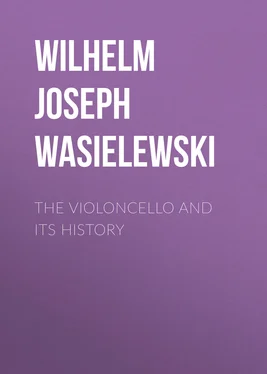



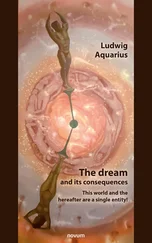


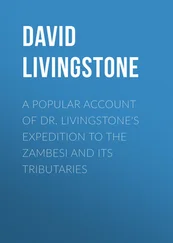
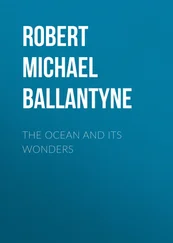
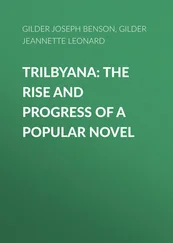
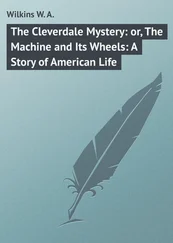
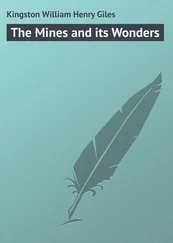
![Edward Ellis - Adrift on the Pacific - A Boys [sic] Story of the Sea and its Perils](/books/753342/edward-ellis-adrift-on-the-pacific-a-boys-sic-s-thumb.webp)